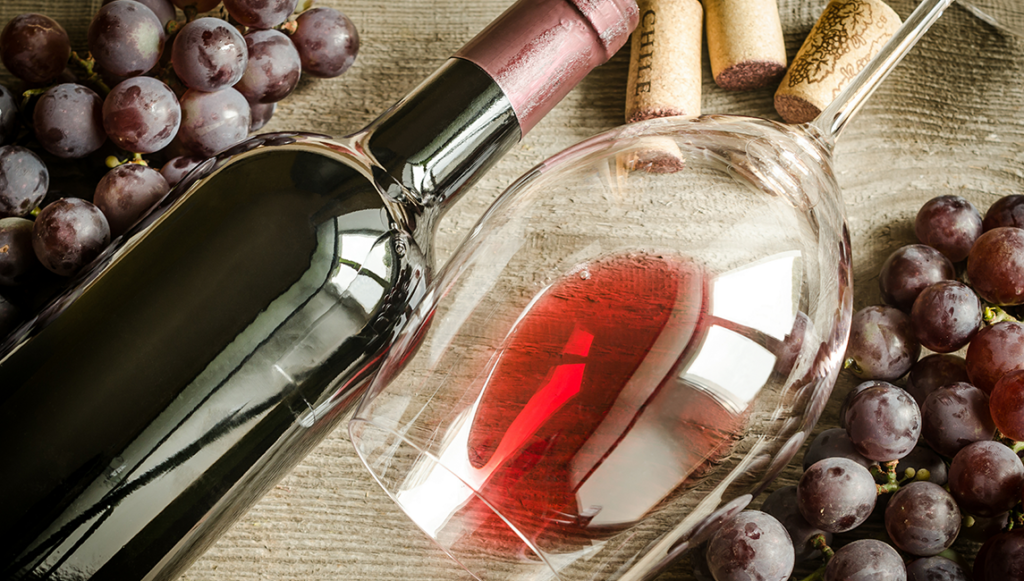
Wine Packaging and Sustainability
Sustainability is a broad topic in agriculture today, but to be truly sustainable, the practice and its principles must extend to all aspects of production. From grape to glass and through every step in the supply chain, wine producers and distributors are keenly focused on ways to reduce waste and carbon emissions to mitigate the challenges of climate change.
Like most people, you are probably doing your part to save the planet. But the wine industry—and wine lovers in general—tend to cling to the romance of tradition when it comes to packaging.
Glass bottles and natural corks are still seen as more desirable than cans, boxes, and screwcaps. Still, these packaging choices are becoming less sustainable by the minute. Faced with glass shortages, supply chain vulnerability, and mounting evidence that “the way we’ve always done it” is contributing greatly to the wine world’s carbon footprint, something’s got to give.
If you’re one of the many wine lovers out there who still cling to the romance of the tried-and-true, we’d like you to hear us out, consider the evidence, and keep an open mind.
Wine’s Carbon Footprint
The California Wine Institute released a paper in 2020 that found the two most significant contributors to carbon emissions from grape to glass are glass bottles (29%) and transportation (13%). Other notable elements included bio-geochemical field emissions in the vineyard (from nitrogen fertilizer applications) and raw materials production, specifically associated with the manufacturing and shipment of materials and chemicals related to fertilization and pesticides.
When it comes to wine packaging, it would seem that the impact of glass bottles is substantial. Wineries are currently experiencing a widespread availability issue with glass bottles due to a global sand shortage (glass is made of sand). And while this might seem ludicrous to some, glass manufacturing requires a specific type of angular sand found only on riverbanks and floodplains.
Couple that with the recent destruction of one of Europe’s biggest glass factories, destroyed by the Russians in their war on Ukraine, and the big picture comes into focus. There’s plenty of wine, but no bottles to put them in.
Alternative Wine Packaging Examples
Here are examples of alternative packaging you might already be seeing in restaurants and on store shelves:
- Wine in Cans. They’re lighter, easier to transport, and 100% recyclable. Plus, great for picnics and by the pool. Yay!
- Wine in Kegs. Kegged wine stays fresher longer, improving profitability and reducing waste for restaurants and wineries.
- Crowlers. You see crowlers in brewpubs, but you may soon start seeing them used for charmat method sparkling wine.
- Bag-in-Box. Typically, consumers do not view boxed wine as a “quality” product, but we’ve already seen the tide turn with brands like La Vielle Ferme, Bandit, Bota Box, and Black Box leading the pack.
Bottom line
Wine packaging is ripe for disruption. As the industry innovates solutions and alternatives, we have a massive opportunity to reduce wine’s carbon footprint, but consumer hesitation might be the most significant barrier. Just know that regardless of the vessel it’s in, your favorite wines are still made with love and care. Changes in packaging are not made lightly, as quality is always the number one priority.
And while you’ll likely never see first-growth Bordeaux and Burgundy in a box, don’t be shy to try wine in a can, from a keg, or in tetra packs. When you support wineries committed to being part of the solution, you’re doing a good thing for the planet — and you still get to reap the delicious rewards.
Fill your cellar: sign up for a wine club subscription today!
Exclusive Offers
to our newsletter and texting service Enhance your knowledge and be the first to access special offers.
our newsletter and texting service
Enhance your knowledge and be the
first to access special offers.
We never share your personal information.
View our Privacy Policy.


